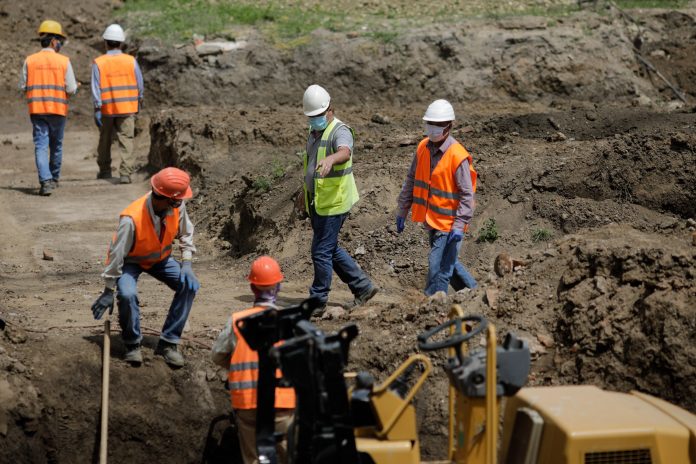
The world economy is suffering from a talent shortage that reached a 17-year high. Three of every four employers globally reported difficulty finding the talent they need, with the biggest impacts being felt in Japan, a ManpowerGroup study shows.
With 79% of its companies not finding necessary skills and people to hire, Romania is one of the countries that is affected worse than the global average (75%) by the labour shortage, writes eToro analyst for Romania, Bogdan Maioreanu. In Europe, the worst situation is in Germany and Greece (82%), Ireland and Portugal (81%) and the UK and France (80%).
The industries most affected are Health Care, Consumer goods and services, IT, Transport logistics and automotive and Industrials and Materials. However, in Europe the specific professions that are in very high demand are bricklayers and related workers followed by heavy truck and lorry drivers, welders and nursing professionals.
By 2030, demand for skilled workers will continue to outstrip supply, resulting in a global talent shortage of more than 85.2 million people. Signs are already emerging that within two years there won’t be enough talent to go around, shows a Korn Ferry analysis.
In countries with low unemployment and booming manufacturing production, including Czechia, Poland, Hungary and Slovakia, a labor shortage has already accelerated automation and increased use of robotics—not to replace people, but because there aren’t enough of them to fill the factories. Romania’s unemployment rate, currently at 5.6% is very close to the one in the above mentioned countries that varies from 5.4% to 4%.
Left unchecked, the financial impact of this talent shortage could reach $8.452 trillion in unrealized annual revenue by 2030, equivalent to the combined GDP of Germany and Japan. The United States alone could miss out on $1.748 trillion in revenue due to labour shortages, or roughly 6% of its entire economy.
The US workforce added 303,000 jobs last month, far more than expected and the 39th straight month of job gains in the US. This was seen as a surprise for the markets that now fear the promised interest rate reduction might be pushed even further than the June consensus. This high number of newly created workplaces is not a surprise if you look at previous data and companies’ efforts to show increasing revenues and profits. But this is not telling the whole story.
It is going to be increasingly challenging for companies to find the workers needed to grow their businesses as the labour market is getting tighter by the day, with the unemployment rate in the United States decreasing in March to 3.8% from 3.9% in February. The country has over 8.75 million vacant jobs and 0.7 unemployed persons able to fill one vacant job. This is putting pressure on the job market and will most likely accelerate the race to find solutions, including AI integration starting to transform the workplace, possibly starting a new industrial revolution similar to the introduction of machinery in the 18th century, or more recently the one of the computers.
There is no surprise that investors are looking with hope to the rise of AI to improve global productivity and possibly to replace some jobs affected by shortages. According to the latest eToro Retail Investor Beat survey, almost 87% of the Romanian individual investors have already invested or are looking to invest in AI stocks, with the shares of top companies involved in the sector such as Nvidia growing by over 200% in the last year.
Consider this: labor shortage likelier than continued inflation
_
















